At 16.7 million acres, the Tongass National Forest sprawls across the misty southeast portion of the state of Alaska, a partial temperate rainforest that ranks as the largest national forest in the United States. To quote President Trump, “It’s huuuge.”
Each of the million visitors who passes through the Tongass every year can experience all that the wooded forests and rambling rivers hold within, such as five different species of Pacific salmon, the Sitka black-tailed deer, grizzly bears, and the ultimate symbol of freedom in America, the bald eagle.
Preservation of the Tongass and its stunning natural beauty is woven into the narrative of our country’s history dating back to the early 1900s, when it became a special interest of President Teddy Roosevelt upon his inauguration. Roosevelt’s first move for the region was to establish the neighboring Alexander Archipelago Forest Reserve, which consisted of protected islands, in 1902. In 1907, the addition of the first iteration of the Tongass National Forest was designated as a federally protected forest. The following year, both the Tongass and the 1,100 islands of the Alexander Archipelago Forest Reserve were combined, encompassing most of Southeast Alaska.
Now, after over a hundred years of protection that has been upheld throughout Republican and Democratic administrations, the timeless temperate rainforest region, filled with endangered species and picturesque landscapes unique to Alaska, faces the threat of being opened up to industrial development. Many of the trees facing the chopping block are as old as 800 years. The current proposal from the Forest Service would exempt these areas from the protections of the Roadless Rule and open up a startling 9.5 million acres to activities that could include industrial timber, mining, and other extractive industries.
The exempted areas would remain under the jurisdiction of the Forest Service, but would have hundreds of miles of roads added and become a target for logging and mining. Currently, the region under the U.S. Forest Service is experiencing a 15-year transition in its timber industry from old growth to new growth. By the end of this period, the existing logging projects in the area would only consist of cutting newer trees, leaving old growth to nature. But the proposal to exempt the Tongass from the Roadless Rule would offset this trend and require heavy subsidization.
In 2019, Taxpayers for Common Sense, a nonpartisan budget watchdog in Washington D.C., released “Cutting Our Losses: 20 Years of Money-Losing Timber Sales in the Tongass,” which included, among many findings, an astounding calculation that originated with the 2016 report from the Government Accountability Office — over the past twenty years, the U.S. Forest Service has lost nearly $600 million through roadbuilding and timber sales on this forest.
Recreational hunting, perhaps the outdoor sport of America, also stands to be threatened, as the clearcutting and logging of the area would significantly alter the inviting habitat for the fair game and wildlife population that reside within. It is no surprise that the tourism and recreational hunting industry within the Tongass provides for 10,000 jobs, and brings in annually a billion dollars in revenue for the state of Alaska.
The threat of deforestation and the loss of history-rich roots loom large, compounded by the debilitating damage that the exemption would bring upon the fisheries that produce over 48 million salmon from the Tongass streams and rivers. Salmon harvested from the Tongass account for 28% of the commercial salmon harvest in Alaska, and the industry generates an additional $986 million annually. The runoff from roads and deforestation could permanently damage the streams and waterways within the forest that Alaskan salmon travel back up when it’s time to reproduce.
All those years ago, Teddy Roosevelt prioritized conservation, and those who followed in his footsteps upheld his ideal of protecting what made America truly great; beautiful, natural land. Steeped in the history of our nation, the formation of the Tongass National Forest and the millions of acres of preserved land must be protected at all costs, to maintain our American identity and to honor those who fought for its preservation in years prior, while providing a natural retreat for millions of Americans in the years to come.


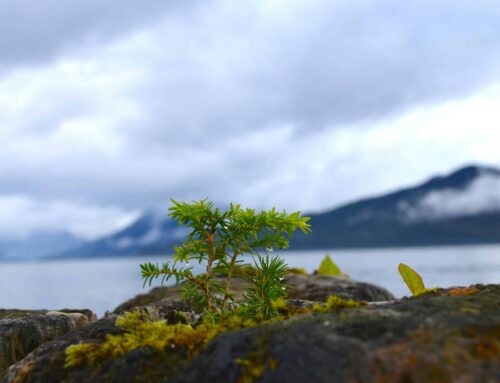
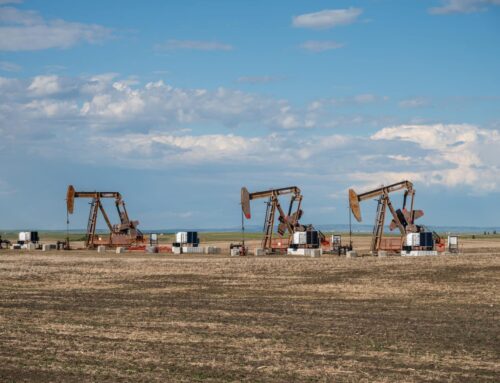
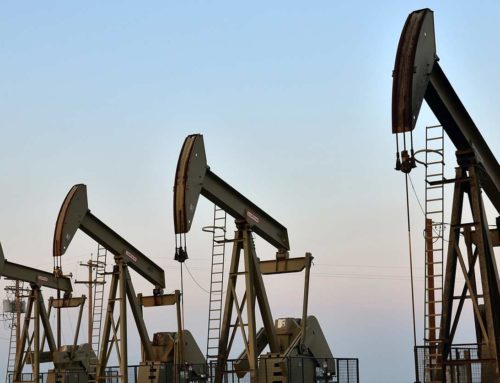
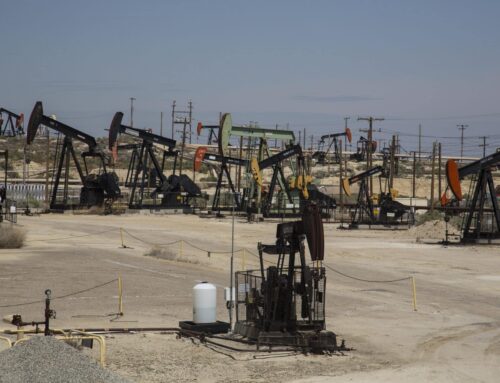



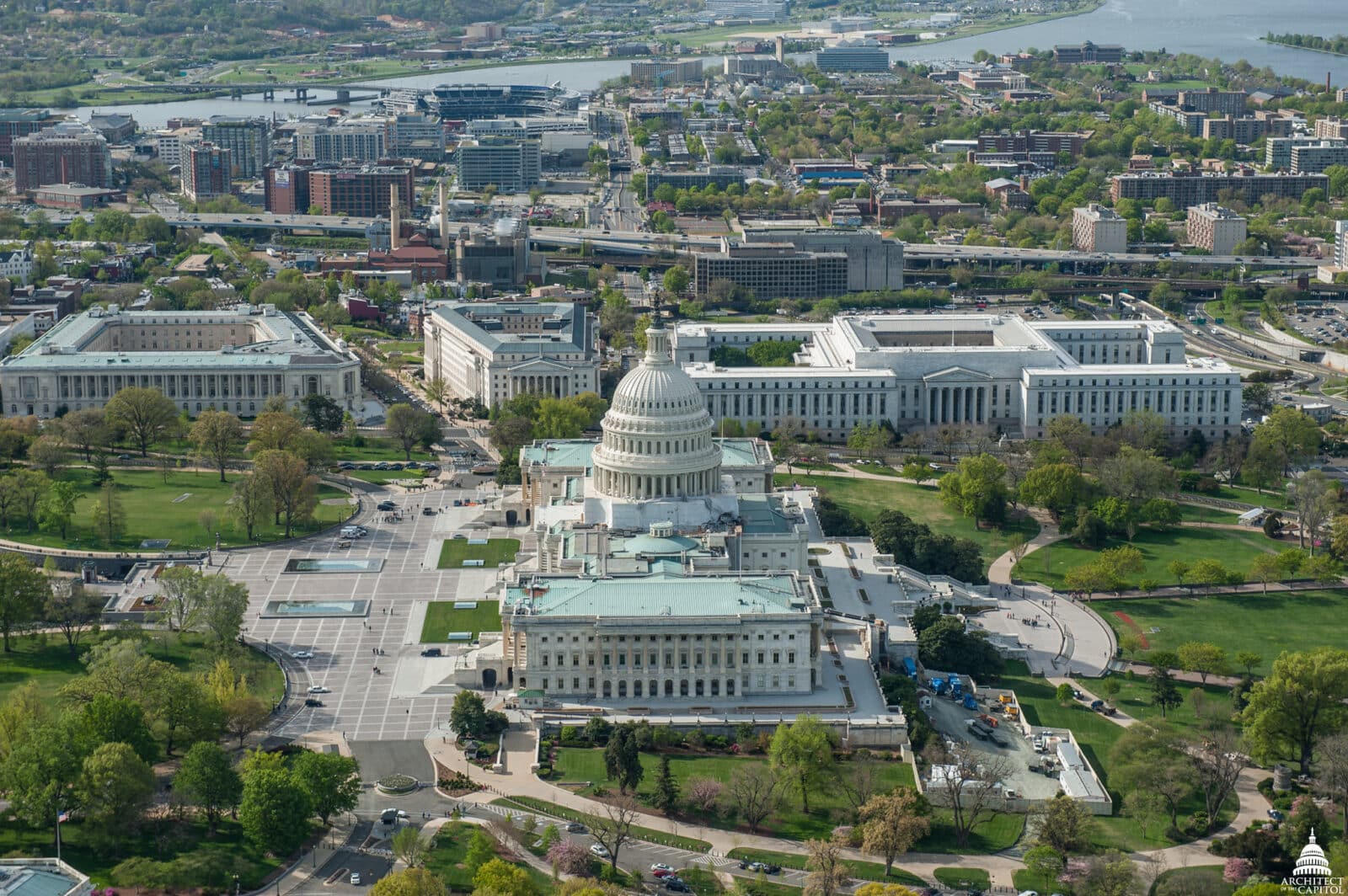

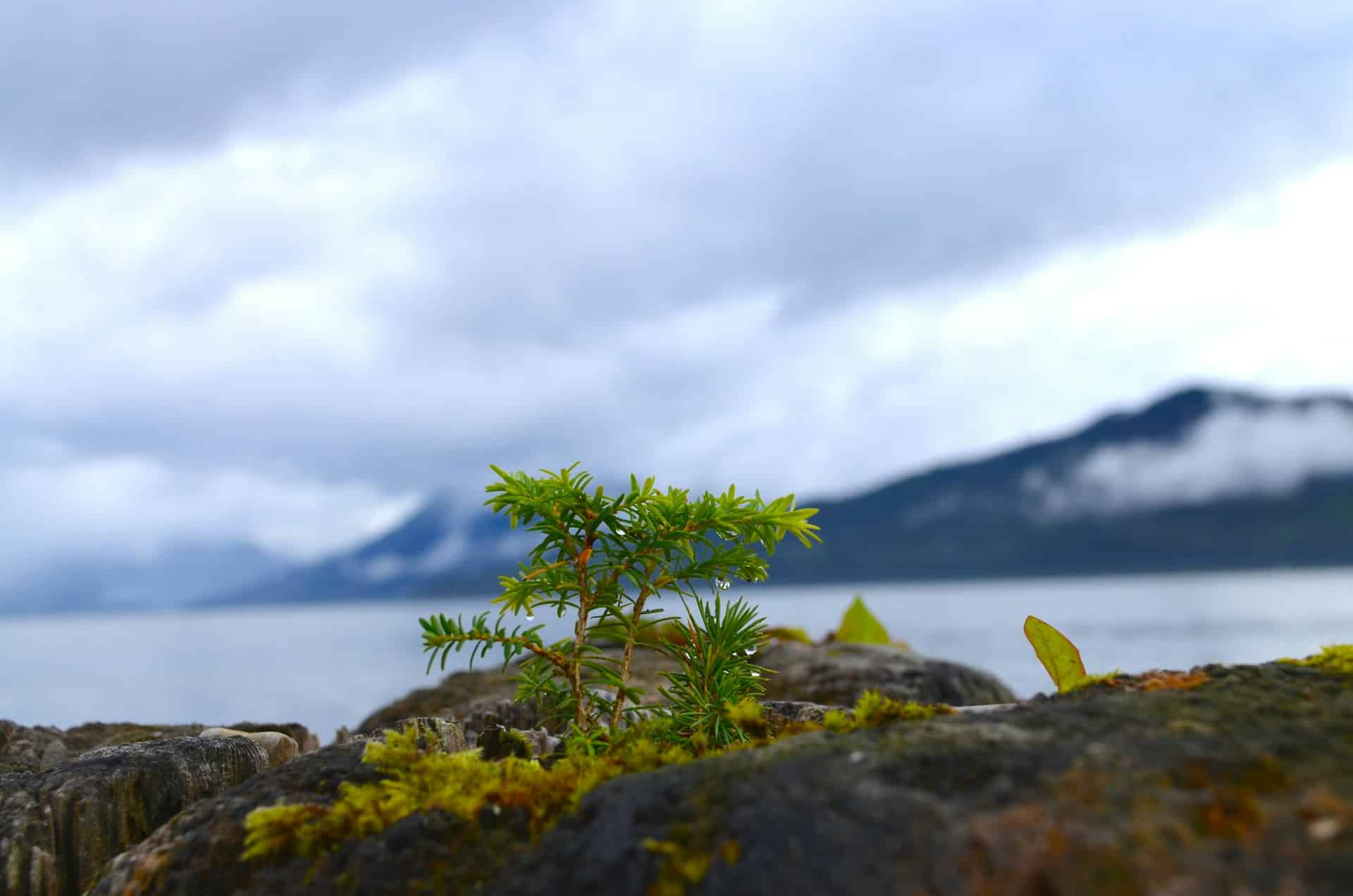

Get Social